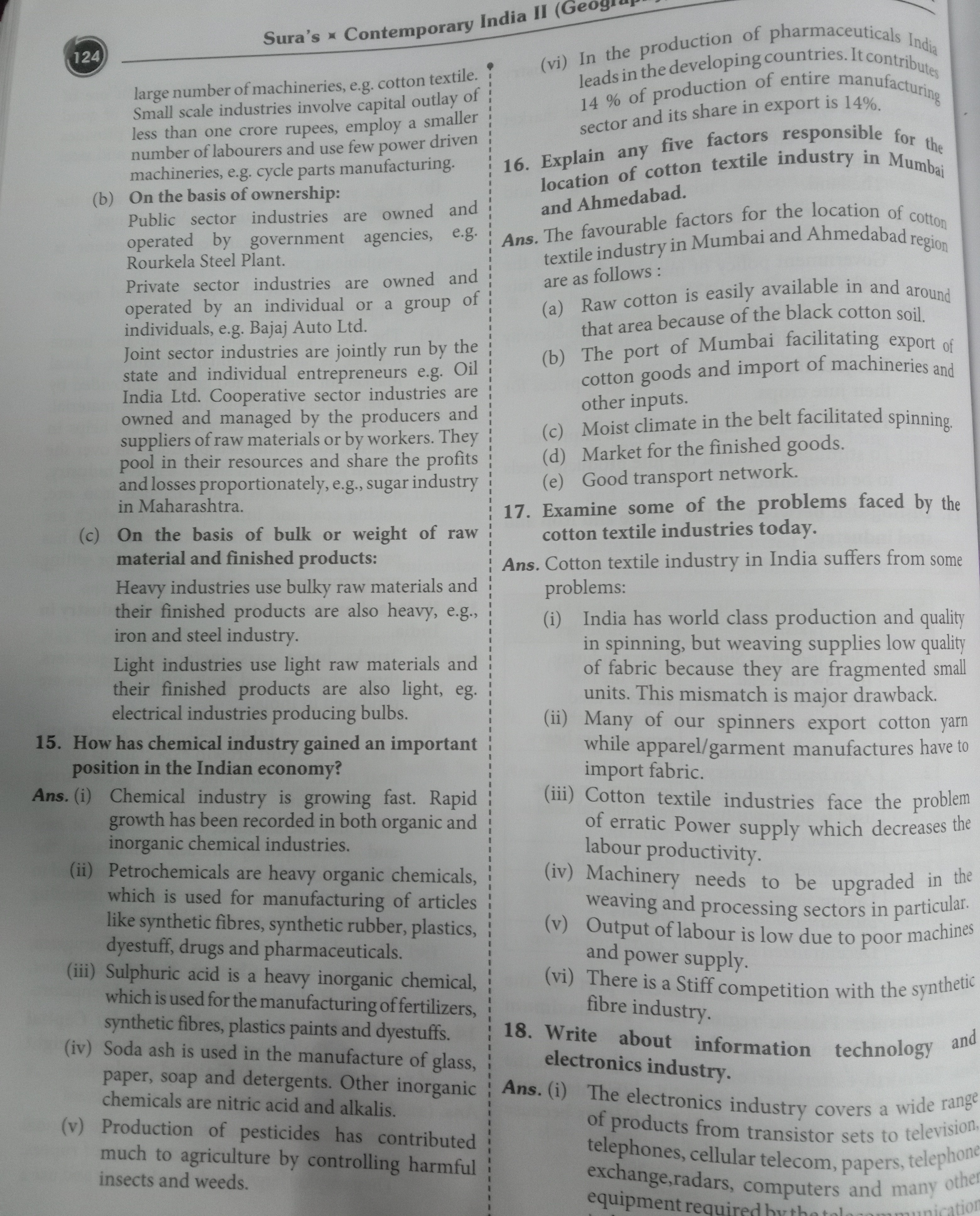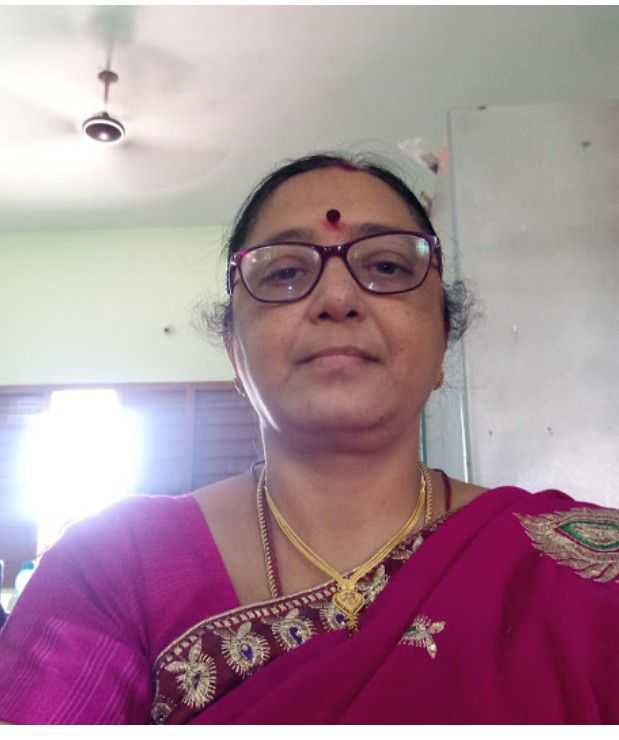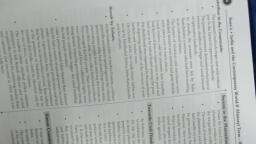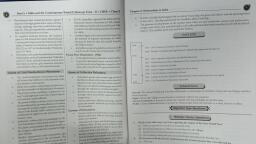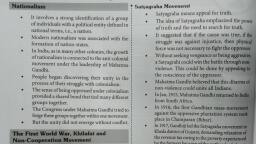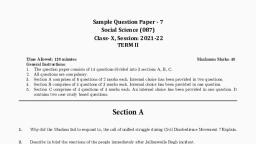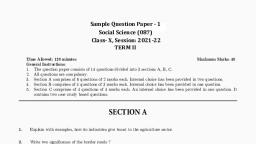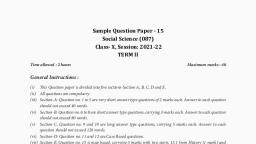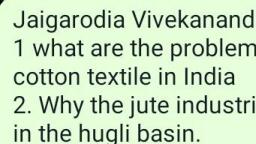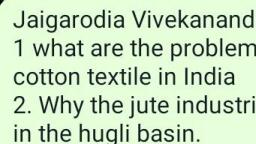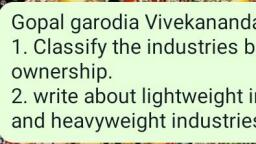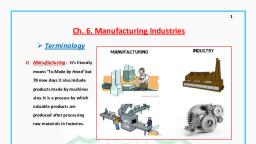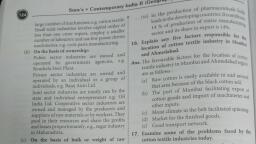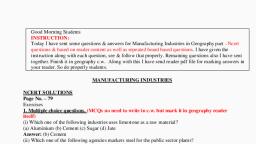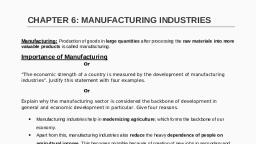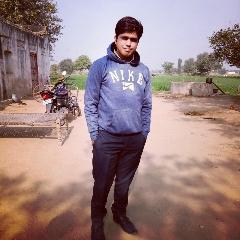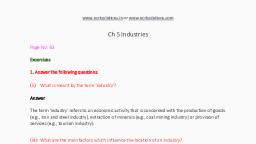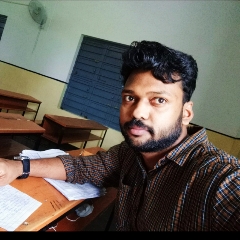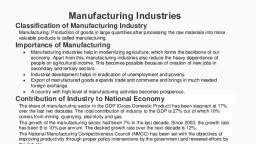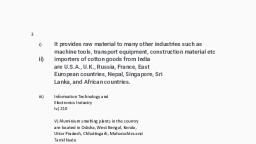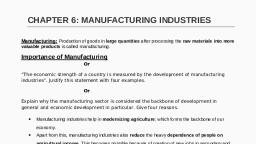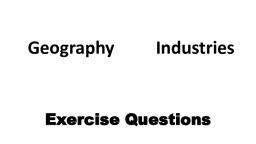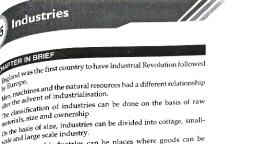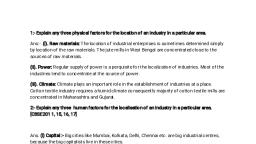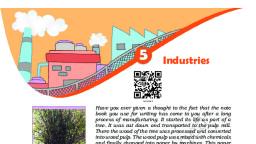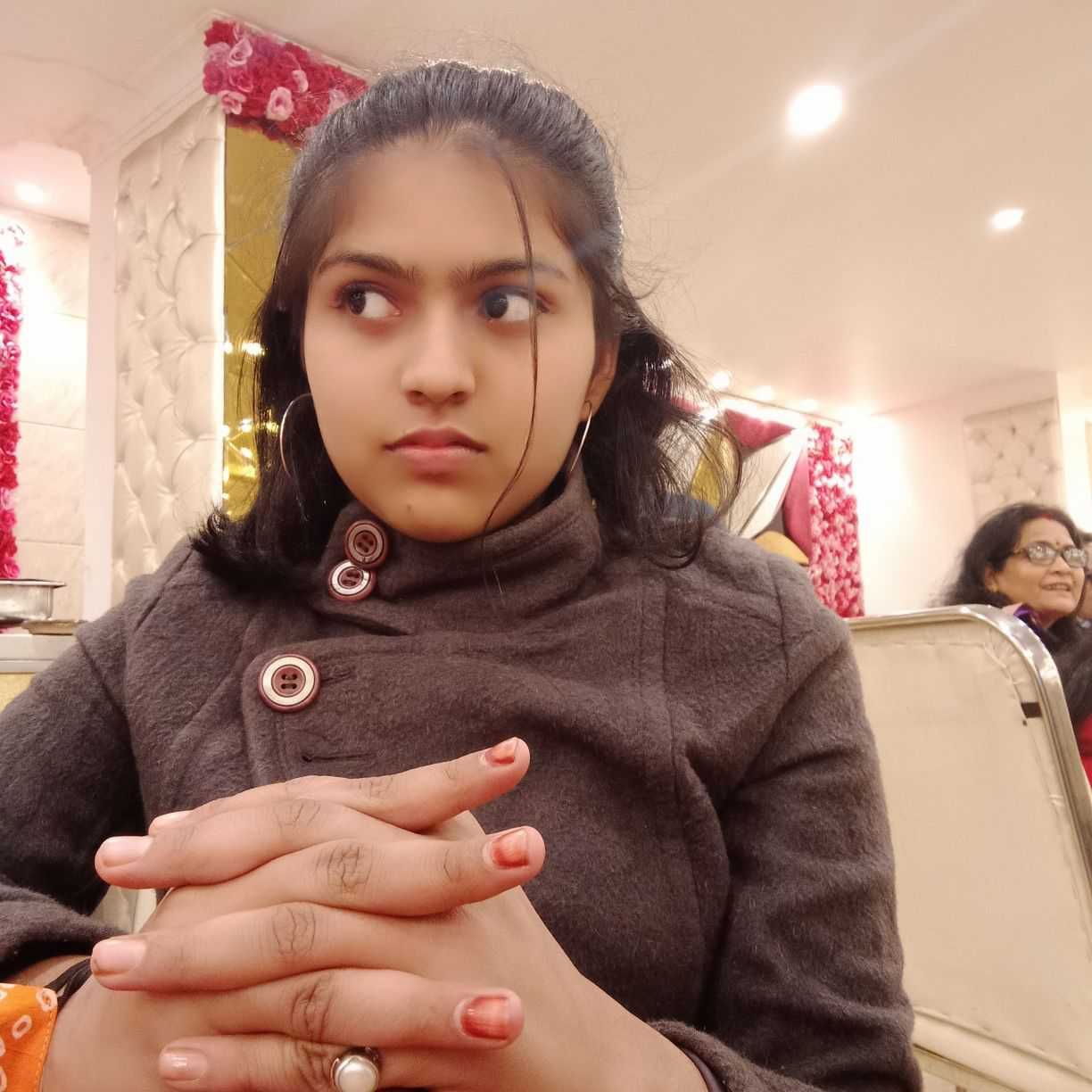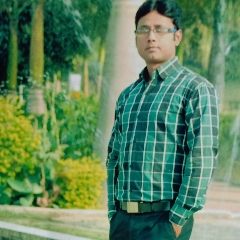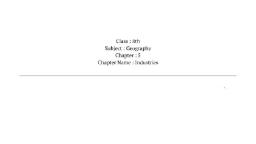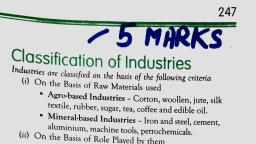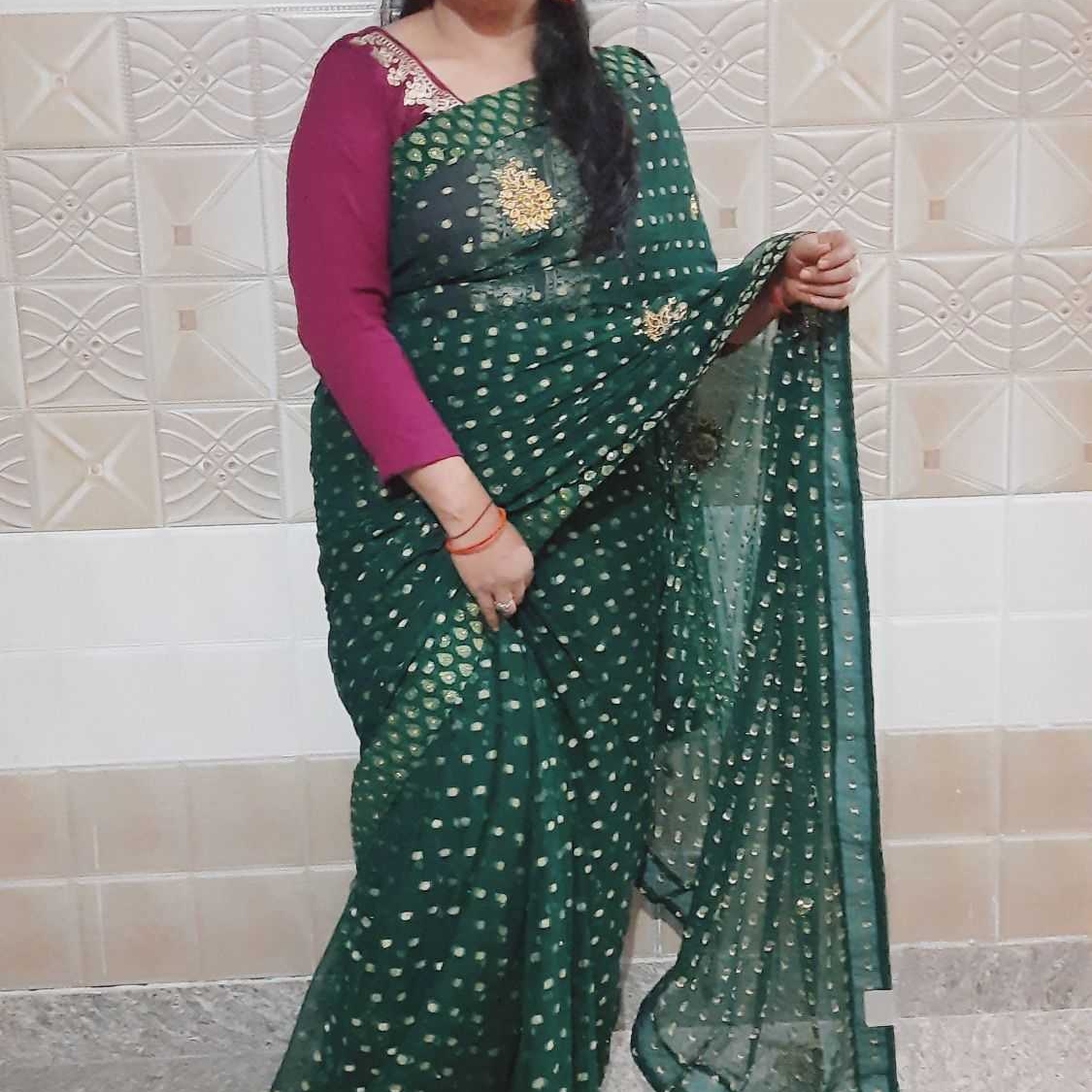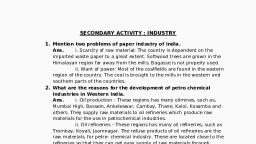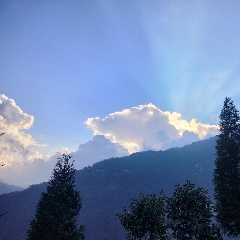Page 1 :
—,, , , , , Sura’s x Contemporary i, , , , oduction of pharmaceuticals Ing, , (vi) + r ciel oping countries. It contri} la, , ineri cotton textile. jeads in the ‘on of entire manuf. uty, , large number of machineries, €.8- © is £ production acturiy,, , Small scale industries involve capital pec 14 % 9 its share in export is 14%, 8, , rupees, employ a smé ector aD a, , ee pti few power driven . ae five factors ppepondible for, , machineries, e.g. cycle parts manufacturing. 1 wie of cotton textile industry in Mumb,j, | (b) On the basis of ownership: oe a Ahmedabad., , Public sector industries are owne, operated by government agencies, ©., Rourkela Steel Plant., , Private sector industries are owned and, operated by an individual or a group of, individuals, e.g. Bajaj Auto Ltd., , Joint sector industries are jointly run by the, state and individual entrepreneurs e.g. Oil, India Ltd. Cooperative sector industries are, owned and managed by the producers and, ppliers of raw materials or by workers. They, | in their resources and share the profits, losses proportionately, e.g., sugar industry, , 1arashtra., , able factors for the location of COttoy, , textile indu, , are as follows :, (a) Raw cotton is easily available in and aroy,,, a, , that area because of the black cotton soil,, b) The port of Mumbai facilitating export ¢, ( cotton goods and import of machineries ang, , other inputs. Mi :, (c) Moist climate in the belt facilitated spinning, , (d) Market for the finished goods., (e) Good transport network., 17. Examine some of the problems faced by the, , , , , , , , ser, , , , , , , , , , , , , , , , , , , , , , , , , 2 basis of bulk or weight of raw cotton textile industries today., I and finished products: Ans. Cotton textile industry in India suffers from some, , ies use bulky raw materials and, products are also heavy, e.g.,, use light raw materials and, , ts are also light, eg., , problems:, , (i) India has world class production and quality, in spinning, but weaving supplies low quality, of fabric because they are fragmented small, units. This mismatch is major drawback., , (ii) Many of our spinners export cotton yarn, while apparel/garment manufactures have to, import fabric., , (iii) Cotton textile industries face the problem, of erratic Power supply which decreases the, , ; labour productivity., (iv) Machinery needs to be upgraded in th, ’ Weaving and processing sectors in particula!, , a v) Output of labour is low due to poor machines, , and power supply., , There is a Stiff competition with the synthettt, , information technology and, , ae, , industry covers a wide fame, , - : YN,, i transistor sets to televis!”’, , me ee se ee St tet th hhh nk nett ee meh ht) et hh shhh hh eS ek Sh eh kk te ee, , 4, seyret, , ‘telecom, papers, telepno™, ; mel, fers and many °”, , em AL
